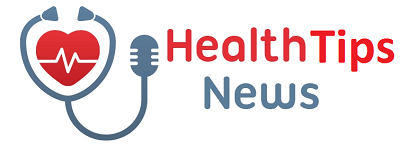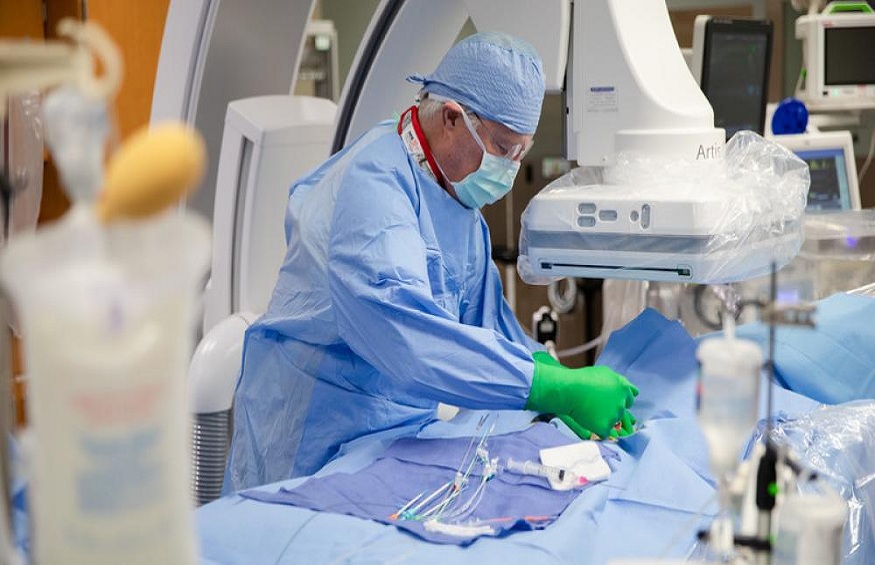Heart disease remains one of the leading causes of death globally, emphasizing the importance of continuous advancements in cardiac care. Over the years, significant progress has been made in diagnosing, treating, and managing various heart conditions.
In this blog post, we will explore the innovative treatment options available for heart disease, highlighting the cutting-edge technologies and procedures that are transforming cardiac care.
1. Interventional Cardiology
Interventional cardiology utilizes minimally invasive techniques to diagnose and treat heart conditions. Some notable innovations in this field include:
– Angioplasty and Stenting: This procedure involves using a balloon catheter to open narrowed or blocked coronary arteries. In many cases, a stent (a small mesh tube) is placed to maintain the artery’s patency and improve blood flow.
– Transcatheter Aortic Valve Replacement (TAVR): TAVR is a minimally invasive procedure used to treat aortic valve stenosis, a condition where the valve doesn’t open properly. A replacement valve is inserted through a catheter, typically through a small incision in the groin, reducing the need for open-heart surgery.
– Percutaneous Mitral Valve Repair: This procedure is used to treat mitral valve regurgitation without the need for open-heart surgery. It involves using a catheter to deliver a device or clip to repair the leaky valve.
2. Electrophysiology and Arrhythmia Management
Advancements in electrophysiology have revolutionized the diagnosis and treatment of cardiac arrhythmias. Innovations in this field include:
– Catheter Ablation: This procedure uses radiofrequency or cryotherapy to destroy abnormal heart tissue that is causing arrhythmias. It is highly effective in treating conditions such as atrial fibrillation and ventricular tachycardia.
– Implantable Cardioverter-Defibrillators (ICDs) and Cardiac Resynchronization Therapy (CRT): ICDs are devices implanted in patients at high risk of life-threatening arrhythmias. They deliver an electric shock to restore normal heart rhythm. CRT devices are used in heart failure patients to improve the synchronization of heart contractions and enhance overall cardiac function.
3. Cardiac Imaging and Diagnostics
Innovations in cardiac imaging have enhanced the accuracy and precision of diagnosing and monitoring heart conditions. Some notable advancements include:
– 3D Echocardiography: This imaging technique provides detailed 3D images of the heart, allowing for a comprehensive assessment of cardiac structure and function.
– Cardiac MRI and CT: These imaging modalities offer detailed images of the heart, aiding in the diagnosis and evaluation of various cardiac conditions, including coronary artery disease, cardiomyopathies, and congenital heart defects.
– Biomarkers and Genetic Testing: Biomarkers and genetic testing have gained prominence in diagnosing and assessing the risk of certain heart conditions. These tests help identify specific genetic mutations or detect biomarkers that indicate the presence or progression of heart disease.
4. Ventricular Assist Devices and Artificial Hearts
For patients with end-stage heart failure, ventricular assist devices (VADs) and artificial hearts offer life-saving options. These mechanical devices help the heart pump blood and can serve as a bridge to transplantation or as a long-term therapy for patients who are not eligible for transplantation.
Conclusion
Innovations in cardiac care have transformed the landscape of heart disease treatment. From minimally invasive procedures in interventional cardiology to advancements in electrophysiology, cardiac imaging, and the development of mechanical support devices, these innovations have significantly improved patient outcomes and quality of life. As technology continues to evolve, the future of cardiac care holds great promise, with ongoing research and development aimed at further enhancingtreatment options and advancing the field of cardiology. With these innovations, we are taking significant strides towards effectively combating heart disease and improving the lives of countless individuals worldwide.

